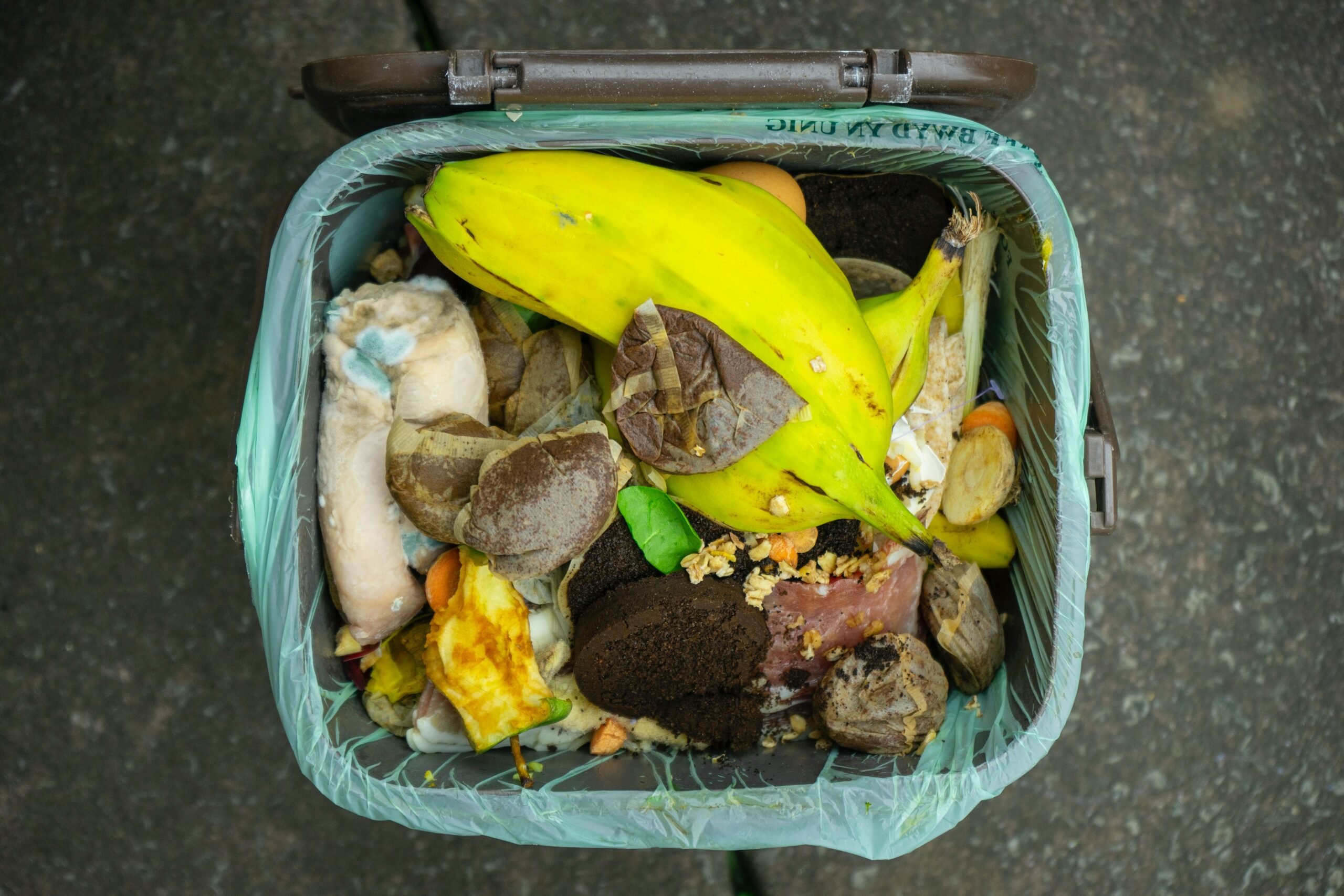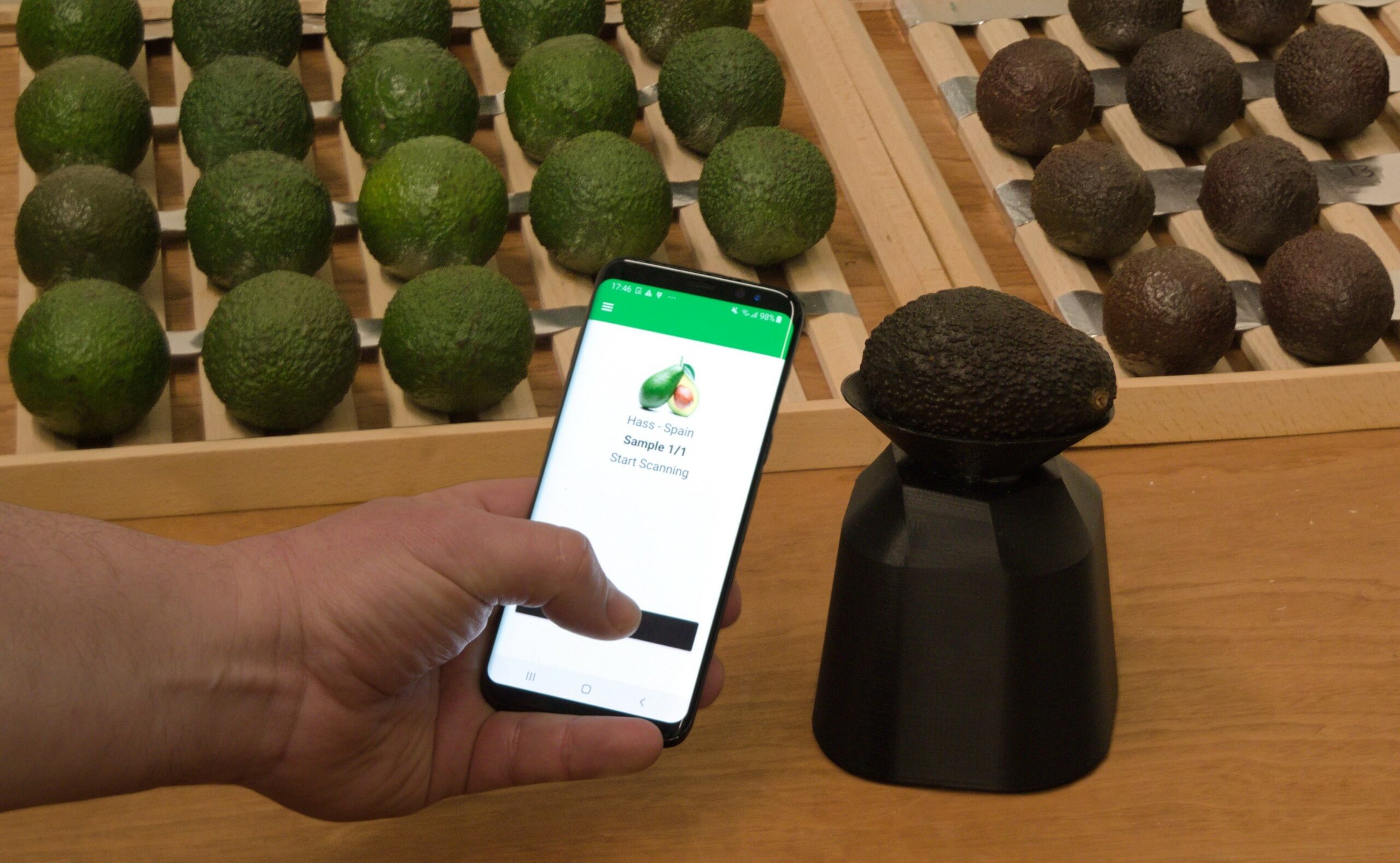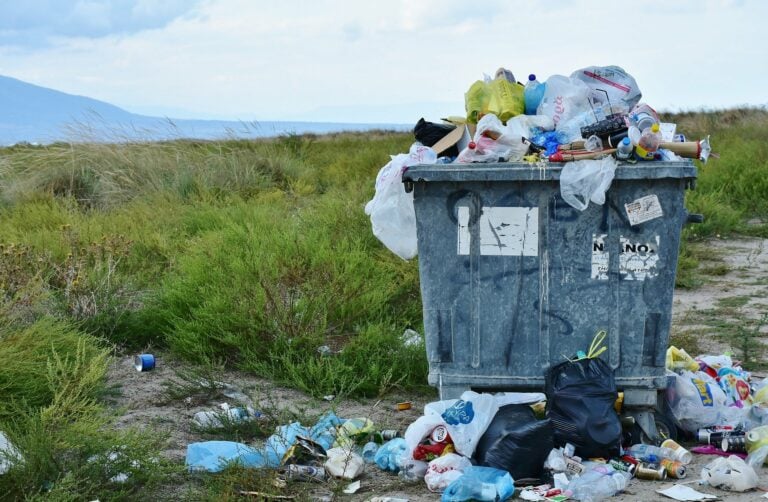
About Decarbonizing Europe
What does the Recovery and Resilience Facility entail?
The European Commission has made available an amount of 723.8 billion euros
to combat the consequences of the corona crisis and make Europe greener, cleaner, and future-proof. All member states have the opportunity to submit plans for disbursement from this Recovery and Resilience Facility.
Who is participating in the Recovery and Resilience Facility?
All the member states of the European Union. All member states? No, The Netherlands has not submitted plans as yet. Although, it became public knowledge at the end of January that hard work is going on behind the scenes in the Netherlands to secure some of those European billions.
What do the member states have to spend the money on?
At least 37 percent of the funding should be used for making their countries more sustainable and 20 percent for digitalization. In addition, there are also other key points:
– Smart, sustainable and inclusive growth
– Social and territorial cohesion
– Public health, economic, social, and institutional resilience
– Policy for future generations
What else is happening?
Apart from that, the EC has identified several so-called flagship areas:
– Power up
– Renovate
– Recharge and Refuel
– Connect
– Modernise
– Scale-up
– Reskill and upskill
What is Innovation Origins planning to do?
Over the next few months, we will be focusing on the implementation of these plans. We will be outlining what each country is doing to reduce CO₂ emissions, and we will be reporting on innovative projects. Infographics will allow you to compare the member states’ efforts with each other.
Separating food waste is a relatively new practice in Lithuania. Dealing with it is one of the hardest tasks for municipalities – particularly in the early stages. Since 2019, as per the national waste management plan, cities with over 50,000 inhabitants were required to start implementing a separate collection system for this waste.
Recycling food waste is also essential in order to reduce emissions. Burying organic trash in landfills emits methane – one of the most hazardous greenhouse gases in the atmosphere.
Measurements from Eurostat show the progress Lithuania has made in recycling municipal waste. From no recycling in 2004, the Baltic state reached a 45 percent level in 2020. While separation works in several West European countries, the same can’t be said about the eastern states, where it is still taking the first steps. Giving new life to organic waste is also one of the courses of actions to be taken.
“Municipalities tend to be resistant. Such a transition doesn’t only entail investment in equipment and infrastructure, but a lot of work needs to done on changing people’s habits too,” explains Domantas Tracevičius from VšĮ Žiedinė ekonomika – a circular economy NGO.

Adapting facilities
Six cities were involved in this first phase of the initiative, with Alytus – the smallest of them – becoming a model for the bigger ones as well as other towns outside of the country that still have to undergo the transition.
“What they did is very simple. Their Microbiological Treatment Plant – MBT – was new, and instead of building a new plant, they simply retrofitted it, adopting the existing equipment to separate waste, ” says Tracevičius.

Domantas Tracevičius
Waste management and circular economy expert
He founded the climate NGO VšĮ “Žiedinė ekonomika”.
In his opinion, that’s the way that could help other small municipalities to transition. “It is just a matter of adding some tunnels for collecting this kind of waste separately. I personally advocated for this solution and the government gave it consideration, as now it is in its implementation phase,” he adds.
The Lithuanian government embarked on a plan for an investment project, with funding – up to five million euros per plant – for upgrading the facilities, depending on the size and the amount of waste they can process.
How is food waste processed?
Biological treatment facilities can manage waste in two ways, either by composting it or by anaerobic digestion. This latter process comprising compressing waste in a container with no oxygen. This way, waste is broken down by microorganisms; the remaining substance can be reused as fertilizer. What’s more, methane emissions can be captured to generate biogas that can be used as a source of energy. Processing this waste is thus a key aspect to shifting towards a circular economy model.
In addition to that, regulation can help too. Tracevičius: “Derogating from animal byproduct regulations helps. It states that this waste must be treated – at a 70 degrees C temperature – for one hour and shredded to 12 millimeters. The heating part is energy-intensive and technologically difficult. As a result, several countries, including Germany and Austria, heat at lower temperatures. Italy applies 55 degrees C for three days.”
Despite a lower temperature, the results are the same. According to the European Compost Network, 55 degrees C is enough to kill bacteria. This means that waste treatment facilities do not have to invest in expensive equipment for heating. Less infrastructure also leads to fewer costs in the bills of local citizens.

Results from Alytus
Alytus invested just under a million euros to buy a new shredder and two sieves – which are capable of separating organic fractions from the tiny residual microplastics. In 2018, the country had to deal with 37,000 tonnes of residual waste. Three years later, the amount was 6 thousand tonnes lower – 4.5 thousand tonnes of food waste was separated by the new plant. The overall amount of waste was also teduced.

“Separate collection of food waste also motivates people to sort it all out. Food waste is the most difficult chore given that separating packaging gets rather easy. Organic food waste might contain moisture, tends to stink, and so on. When citizens understand how to manage this kind of waste, then they commit to sorting out other waste better as well. It has a spillover effect, which produces less waste in total,” Tracevičius stresses.

A model for export
What the circular economy expert advocates for is to follow the example of Alytus in other parts of the country too. “What matters here is the transformation of infrastructure. With just one million euros, there is the chance to reconvert the plant into one that can handle two types of waste flows. As in, the biological part from the residual waste – that can still guarantee that some biogas is produced – and the processing of organic waste too,” he adds.
As more MBT plants are built in Eastern European countries, it is hoped that the Alytus model can be exported abroad as well.
Support us!
Innovation Origins is an independent news platform that has an unconventional revenue model. We are sponsored by companies that support our mission: to spread the story of innovation. Read more.
At Innovation Origins, you can always read our articles for free. We want to keep it that way. Have you enjoyed our articles so much that you want support our mission? Then use the button below:


